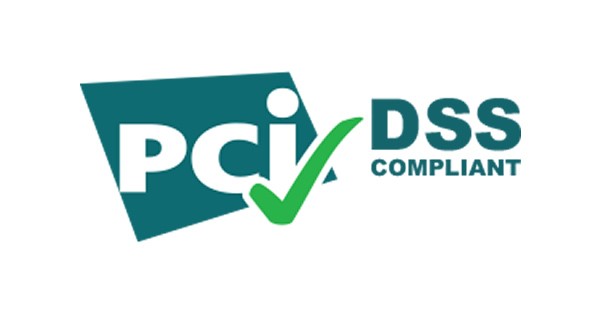 Just got done cleaning up after a security breach (aka hacking) of one of my client’s accounting workstation. They had an older method of remote access called Microsoft Remote Desktop that has known vulnerabilities without additional security measures in place. The hacker did not touch their Quickbooks data (super surprising), but installed software to send SPAM, mine bitcoin crypto-currency, and running fraudulent credit card transactions. Since there was no compromises of Primary Account Numbers (PAN) or customer data there was no need for notifying customers, but the FBI Cyber Crime division was still notified to help share with them the intelligence from the breach. This then lead to me reading through the PCI DSS regulations again and making the requisite recommendations to mitigate the current issues with the client’s network and protect against future attempts. Here is a list of applicable PCI Compliance Regulations:
Just got done cleaning up after a security breach (aka hacking) of one of my client’s accounting workstation. They had an older method of remote access called Microsoft Remote Desktop that has known vulnerabilities without additional security measures in place. The hacker did not touch their Quickbooks data (super surprising), but installed software to send SPAM, mine bitcoin crypto-currency, and running fraudulent credit card transactions. Since there was no compromises of Primary Account Numbers (PAN) or customer data there was no need for notifying customers, but the FBI Cyber Crime division was still notified to help share with them the intelligence from the breach. This then lead to me reading through the PCI DSS regulations again and making the requisite recommendations to mitigate the current issues with the client’s network and protect against future attempts. Here is a list of applicable PCI Compliance Regulations:
Requirement 1.1.2 – Current network diagram that identifies all connections between the cardholder data environment and other networks, including any wireless networks.
Requirement 1.2 – Build firewall and router configurations that restrict connections between untrusted networks and any system components in the cardholder data environment.
Requirement 1.3 – Prohibit direct public access between the Internet and any system component in the cardholder data environment.
Requirement 4.1 – Use strong cryptography and security protocols to safeguard sensitive cardholder data during transmission over open, public networks, including the following:
• Only trusted keys and certificates are accepted
• The protocol in use only supports secure versions or configurations
• The encryption strength is appropriate for the encryption methodology in use
Requirement 5.1 – Deploy anti-virus software on all systems commonly affected by malicious software (particularly personal computers and servers).
Requirement 5.2 – Ensure that all anti-virus mechanisms are maintained as follows:
• Are kept current,
• Perform periodic scans
• Generate audit logs
Requirement 5.3 – Ensure that anti-virus mechanisms are actively running and cannot be disabled or altered by users, unless specifically authorized by management on a case-by-case basis for a limited time period
Requirement 6.2 – Ensure that all system components and software are protected from known vulnerabilities by installing applicable vendor-supplied security patches. Install critical security patches within one month of release.
Requirement 8.2.3 – Passwords/passphrases must meet the following:
• Require a minimum length of at least seven characters.
• Contain both numeric and alphabetic characters.
Requirement 8.2.4 – Change user password/passphrases at least once every 90 days.
If your company has PCI Compliance Regulations that you need consulting for, then contact us for assistance.
